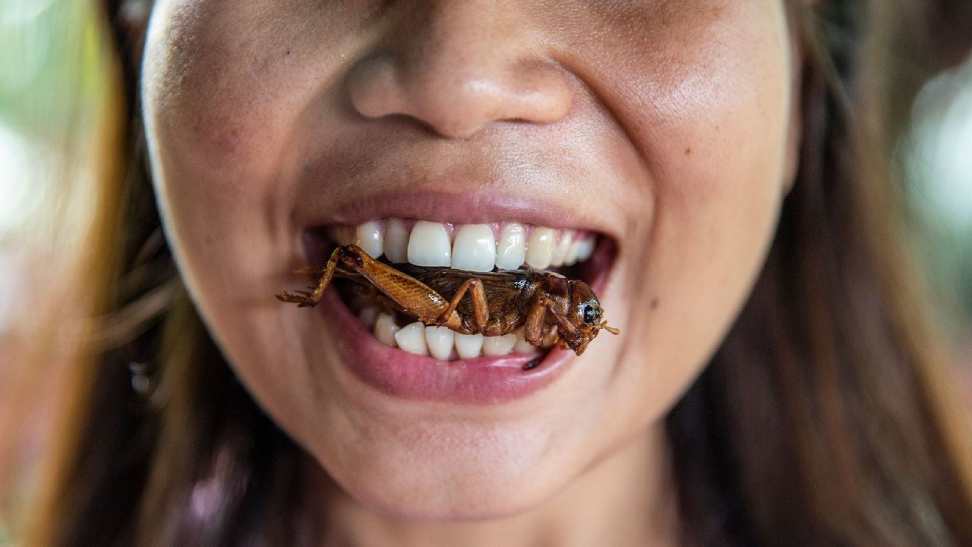Max66, Arsgroup777, ARS Group Exchange: Insect farming offers a sustainable solution to the global demand for protein. With insects being highly efficient in converting feed into protein, they require significantly less resources and space compared to traditional livestock. This makes insect farming a more environmentally friendly option, reducing greenhouse gas emissions and land usage.
Furthermore, insects are rich in essential nutrients such as protein, vitamins, and minerals, making them a valuable source of food for humans. Not only are insects nutritious, but they also have the potential to play a crucial role in addressing food insecurity and malnutrition, particularly in regions where access to traditional sources of protein is limited.
Different Insect Species for Protein Production
In the world of insect farming, there exists a wide array of species that are utilized for their protein production potential. Among the most popular species are crickets, mealworms, black soldier flies, and grasshoppers. Each of these insects offers unique benefits in terms of nutritional value, sustainability, and ease of farming.
Crickets, for example, are rich in essential nutrients such as protein, fiber, and omega-3 fatty acids. They also have a mild, nutty flavor that makes them versatile for various culinary uses. On the other hand, black soldier flies are efficient at converting organic waste into protein-rich larvae, making them ideal for sustainable farming practices. Grasshoppers are known for their high protein content and are consumed as a delicacy in many cultures around the world.
Insect Farming Techniques
Ars247, Wazeerexch, Peachexch: Insect farming techniques vary depending on the type of insect being raised. One common method is known as vertical farming, where insects are raised in vertical structures to maximize space efficiency. This technique allows for higher densities of insects to be housed in a smaller area, increasing overall production. Another technique involves using automated systems to regulate temperature, humidity, and feeding schedules, ensuring optimal conditions for the insects to thrive.
Insect farming can also utilize natural symbiotic relationships between insects and plants to create a sustainable ecosystem. For example, certain insects can be raised in close proximity to specific plants that provide them with food and shelter. This interdependence helps maintain a balanced environment within the farm, reducing the need for artificial inputs and promoting overall ecological health. By implementing these diverse techniques, insect farming can be a highly efficient and environmentally friendly way to produce protein for human consumption.
� Vertical farming: raising insects in vertical structures to maximize space efficiency
� Automated systems: regulating temperature, humidity, and feeding schedules for optimal conditions
� Utilizing natural symbiotic relationships between insects and plants for a sustainable ecosystem
– Certain insects raised in close proximity to specific plants for food and shelter
– Reduces need for artificial inputs and promotes overall ecological health
By implementing these diverse techniques, insect farming can be a highly efficient and environmentally friendly way to produce protein for human consumption.
What are the benefits of insect farming?
Insect farming is a sustainable and efficient way to produce protein, requires less land and water compared to traditional livestock farming, and produces fewer greenhouse gas emissions.
Which insect species are commonly used for protein production?
Some commonly used insect species for protein production include mealworms, crickets, black soldier flies, and grasshoppers.
What are some common insect farming techniques?
Insect farming techniques include rearing insects in controlled environments such as insect farms or insect rearing facilities, providing them with suitable food sources, and managing their growth and reproduction cycles.
Must Read :
- 5 Reasons Why Voluminous Skirts Are Perfect for You
- Look At These Gorgeous Plus Size Blue Wedding Dress!
- Lucid Tattoos Reviews – Unlocking The Magic Of Lucid Tattoos

